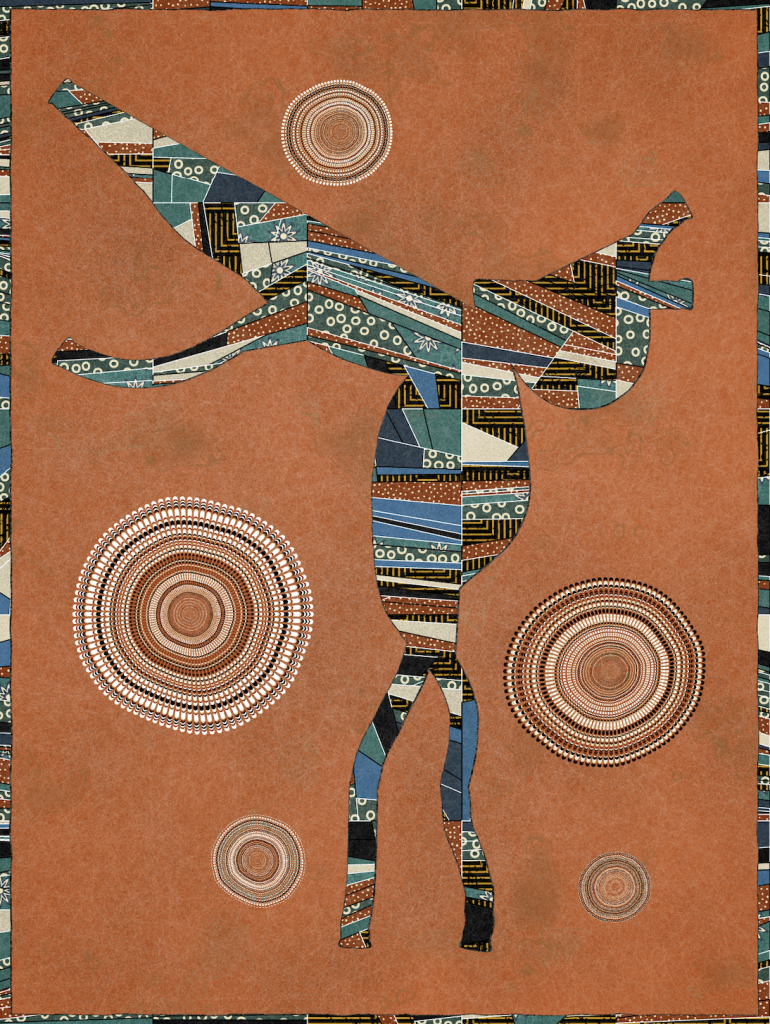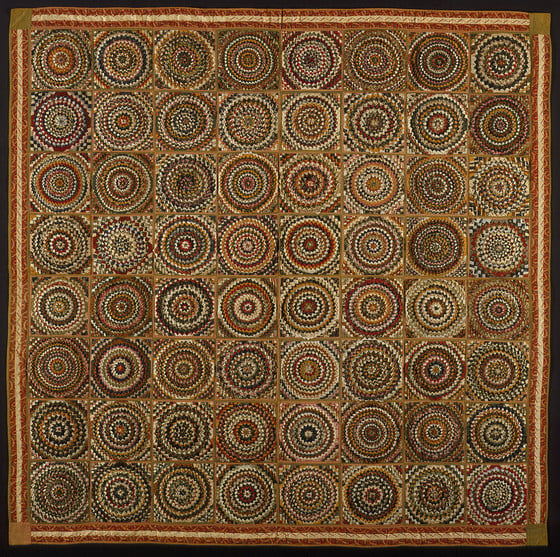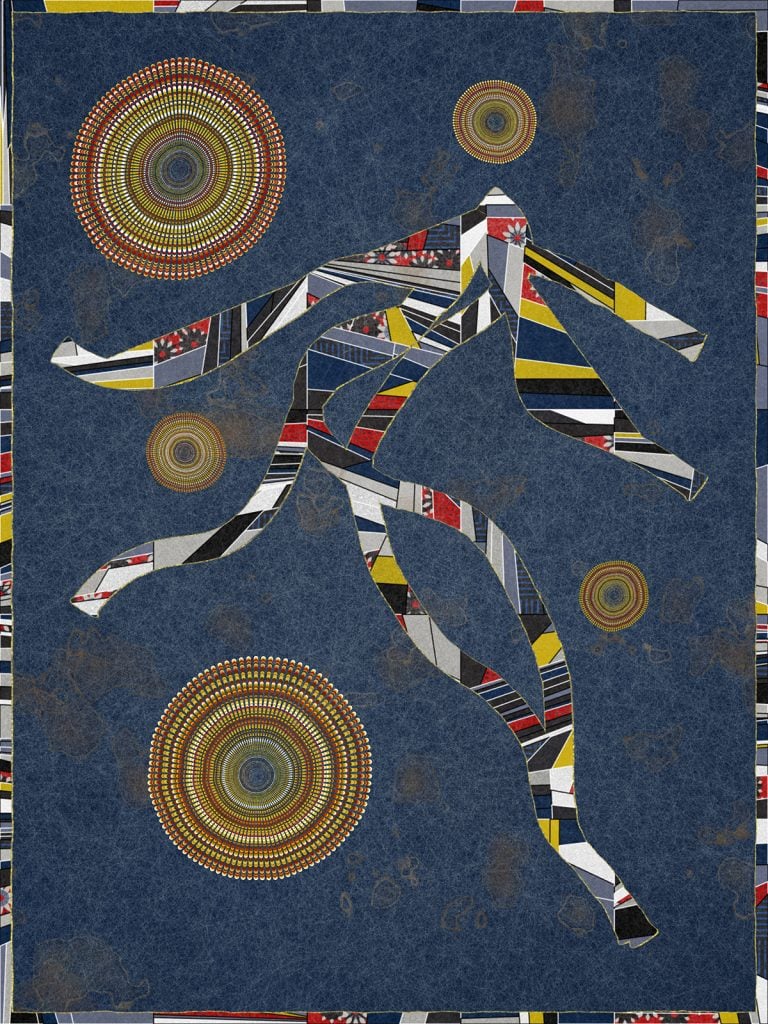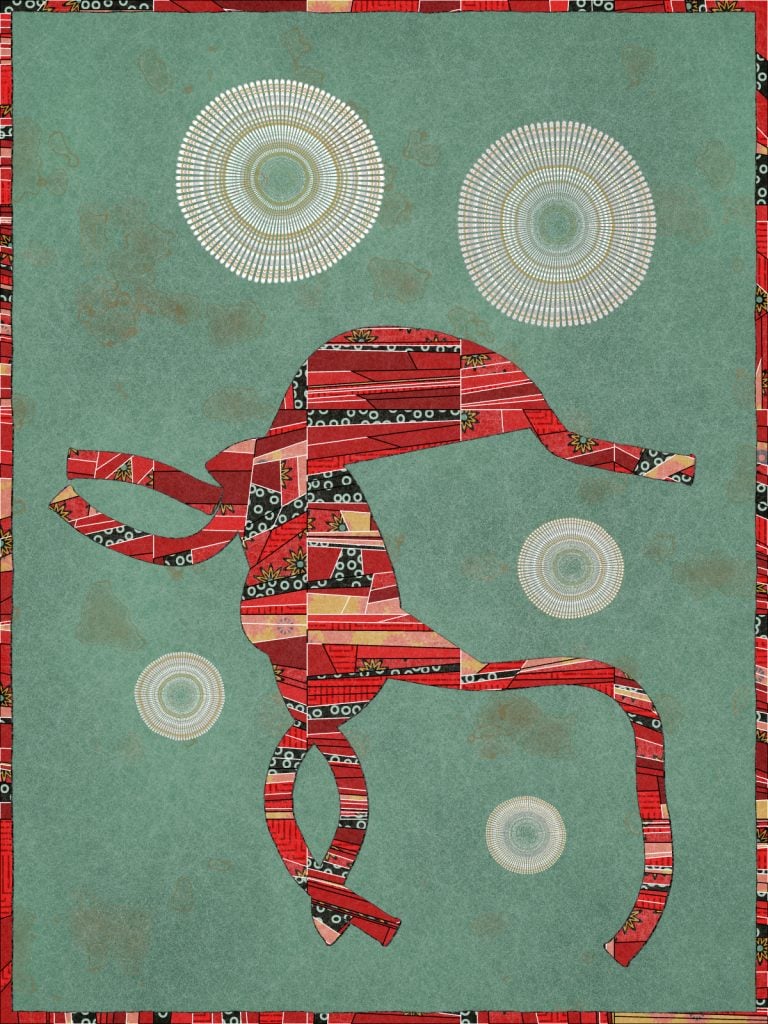NFTs
Generative Artist Emily Xie Has Created a Series of 100 NFTs Based on a 100-Year-Old Quilt in LACMA’s Collection
The project is the latest to emerge from the museum's blockchain initiative.

The project is the latest to emerge from the museum's blockchain initiative.

Richard Whiddington

Pale, male, and biggest in sales. It’s a strapline applicable to the kings of today’s generative art scene: Tyler Hobbs, Dmitri Cherniak, Larva Labs, Jack Butcher. Regrettably, the leading creators of perhaps the original and most lucrative of NFT genres largely mirror the homogeneity of their analog forefathers—shout out to Bridget Riley.
New York-based generative artist Emily Xie is very much aware of this imbalance. In fact, it’s one she extends to the world of software engineering in which she was employed until a little over a year ago when the success of her teasing, textured generative NFTs allowed her code and mint full-time.
In Xie’s latest series, “Interwoven,” the Harvard-educated artist is doubling down on disrupting what has so far been a man’s game. She’s created 100 generative quilt-inspired NFTs, which dropped June 7.
“Interwoven” is the latest installment of Los Angeles County Museum of Art and Cactoid Labs’s joint blockchain initiative, Remembrance of Things Future, which prompts digital creatives to riff off works in its collection. Xie was instantly drawn to LACMA’s old textiles, but honed in on a late-19th century quilt that was stashed away in the archives: Martha Lou Jones’s “Bullseye,” a kaleidoscope of tawny-colored vortexes that from afar appears bordered by rope and rusty leather.

Martha Lou Jones, Bullseye Quilt (1896). Courtesy of LACMA.
“On a visual level, it embodies generative art as it captures a strong tension between the human and the computational,” Xie told Artnet News. “Quilting and generative art entail algorithmic processes and I wanted to explore these parallels.”
Jones’s quilt wasn’t programmed by computer, but its precise regime of squares and circles certainly seems suggestive. Lean (or zoom) a little closer, however, and the imperfections and variations become apparent, an effect that captured Xie’s imagination and fed into her design process.
Indeed, there’s a sweet historical interplay between textiles and computers. Textile design stands as a precursor to early computers through the invention of the jacquard loom, which used punch cards to produce weaving patters and would inspire English polymath Ada Lovelace to write an algorithm for a mechanical computer system called the Analytical Engine. Loom inspires computer—and vice versa.

Sample from Emily Xie’s “Interwoven” NFT series. Courtesy of the artist and Cactoid Labs.
Xie is also keen to stress the social component. In North America, and indeed far beyond, quilting was one of few artistic pathways available to women, oftentimes passed down generation to generation and used to tell stories. Xie plays with this historical marginalization by crafting works in their likeness using tools (predominantly JavaScript and p5.js) that have largely been the domain of men.
“Quilting and computing have deeply gendered histories. Women have contributed significantly yet still face a troubling sense of invisibility or erasure,” Xie said. “I hoped to spark some thought about this by weaving both fields together.”
Xie’s quilts don’t appear like generative NFTs—at least not as we’ve come to know them in the blunt pixelation of CryptoPunks, the harsh Sol LeWitt-isms of Autoglyphs, or the surging rectangular fields of Hobbs’s Fidenzas. Sure, there’s a pattern (read: algorithm) at work: a warm background color layered with a large, irregular shape, and a constellation of bead-like circles.
But they appear singular as a person’s cherished blanket, each sown with a figurative animal (a skinny elephant, a prancing horse, a tie-wearing duck), and small markings, stains of coffee and mud not yet removed. They don’t quite smell like an old blanket, but nearly.

Sample from Emily Xie’s “Interwoven” NFT series. Courtesy of the artist and Cactoid Labs.
Here, Xie’s ability to give generative art life, to break its often-rigid formulism, predates “Interwoven,” but may have something to do with the research that preceded the coding. Xie binged video tutorials on common patterns, took in local textile shops, and read widely on its history and evolution.
“We were excited to see Emily gravitate towards quilts in the museum’s collection,” Lady Cactoid of Cactoid Labs told Artnet News. “I’m struck by the textures, the organic forms and sense of movement she’s able to bring through via her algorithms.”
More Trending Stories:
Is Time Travel Real? Here Are 6 Tantalizing Pieces of Evidence From Art History